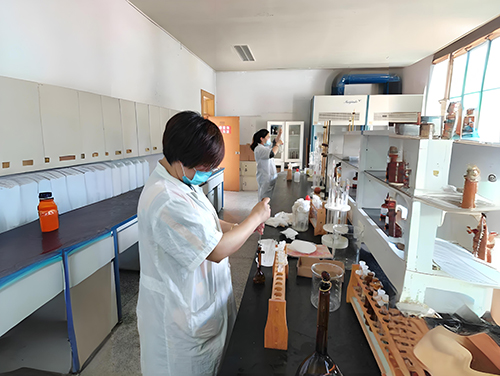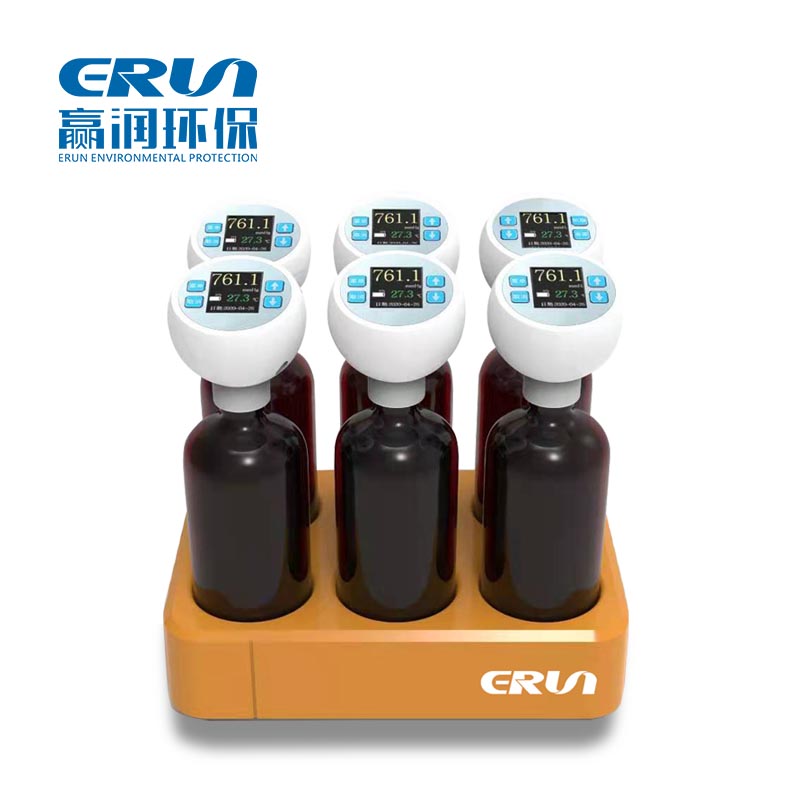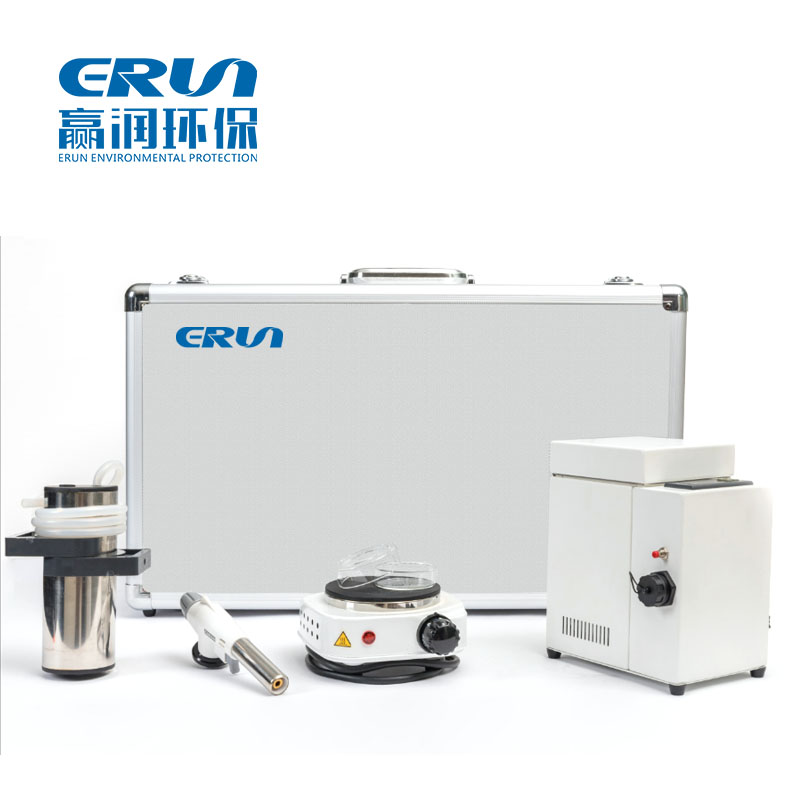
According to the environmental functions and protection objectives of the wastewater treatment plant discharged into surface water bodies, as well as the treatment process of the wastewater treatment plant, the standard values of conventional pollutants for basic control projects are divided into first level standards, second level standards, and third level standards. The first level standards are divided into A standards and B standards. Some types of pollutants and selected control items are not classified.
1、The A standard of the first level standard is the basic requirement for wastewater treatment plant effluent to be used as recycled water. When the effluent from the sewage treatment plant is introduced into rivers and lakes with low dilution capacity for purposes such as landscape water and general reuse, the A standard of the first level standard shall be implemented。
2、When the effluent from the sewage treatment plant is discharged into GB3838 surface water Class III functional water areas (excluding designated drinking water source protection areas and swimming areas), GB 3097 seawater Class II functional water areas, and enclosed or semi enclosed water areas such as lakes and reservoirs, the Class B standard of the first level standard shall be implemented.
3、The effluent from the sewage treatment plant is discharged into GB3838 surface water Class IV and V functional waters or GB3097 seawater Class III and IV functional waters, in accordance with the second level standard.
4、For sewage treatment plants in non key controlled watersheds and non water source protection areas, according to local economic conditions and water pollution control requirements, when adopting the first level enhanced treatment process, the third level standard shall be implemented. But it is necessary to reserve space for secondary processing facilities and achieve secondary standards in stages.
Serial No. | Basic control items | Primary standard | Secondary standard | Level 3 standard | |
A standard | B standard | ||||
1 | chemical oxygen demand(COD) | 50 | 60 | 100 | 120 |
2 | biochemical oxygen demand(BOD5) | 10 | 20 | 30 | 60 |
3 | suspended solids(SS) | 10 | 20 | 30 | 50 |
4 | animal and vegetable oils | 1 | 3 | 5 | 20 |
5 | petroleum | 1 | 3 | 5 | 15 |
6 | anionic surfactant | 0.5 | 1 | 2 | 5 |
7 | total nitrogen (calculated as N) | 15 | 20 | —— | —— |
8 | ammonia nitrogen(calculated as N) | 5(8) | 8(15) | 25(30) | —— |
9 | total phosphorus(calculated as P) | 0.5 | 1 | 3 | 5 |
10 | chromaticity (dilution factor) | 30 | 30 | 40 | 50 |
11 | pH | 6~9 | |||
12 | fecal coligroup count(units/L) | 103 | 104 | 104 | —— |
| Note: a、When the influent COD is greater than 350mg/L, the removal rate should be greater than 60%; When the BOD is greater than 160mg/L, the removal rate should be greater than 50%. b、The values outside the parentheses of the ammonia nitrogen project are the control indicators for water temperature>12 ℃, and the values inside the parentheses are the control indicators for water temperature ≤ 12 ℃. | |||||
Serial No. | Items | Measuring range | Unit | Maximum deviation | Analysis methods | Standard basis |
1 | chemical oxygen demand(COD) | 5-2000 | mg/L | 5% | dichromate method | GB 11914 |
2 | biochemical oxygen demand(BOD5) | 0-4000 | mg/L | ±8% | dilution and seeding method | GB 7488 |
3 | suspended solids(SS) | 5-1000 | mg/L | <2%F.S. | light scattering method | —— |
4 | animal and vegetable oils | 0-900 | mg/L | RSD<0.6% | infrared photometric method | GB/T 16488 |
5 | petroleum | 0-900 | mg/L | RSD<0.6% | infrared photometric method | GB/T 16488 |
6 | anionic surfactant | 0.01-1.0 | mg/L | 5%(F.S.) | methylene blue spectrophotometric method | GB 7494 |
7 | total nitrogen (calculated as N) | 0.10-150 | mg/L | 5%(F.S.) | alkaline potassium persulfate digestion-UV spectrophotometric method | GB 11894 |
8 | ammonia nitrogen(calculated as N) | 0.02-25.00 | mg/L | 3%(F.S.) | nessler's reagent colorimetric method | GB 7479 |
9 | total phosphorus(calculated as P) | 0.02-10.00 | mg/L | 5%(F.S.) | ammonium molybdate spectrophotometric method | GB 11893 |
10 | chromaticity (dilution factor) | 5-500 | PCU | 3%(F.S.) | dilution times method | GB 11903 |
11 | pH | 0.00-14.00 |
—— | ±0.01 | atomic absorption spectrophotometry | GB 7475 |
12 | fecal coligroup count(units/L) | —— | 个/L | —— | manifold zymotechnics | HJ 347.2 |
Serial No. | Part Number | Name | Items | Pictures |
1 | ERUN-SP-M9000 | Portable multi-parameter water quality tester | chemical oxygen demand(COD)、suspended solids(SS)、anionic surfactant、total nitrogen (calculated as N)、ammonia nitrogen(calculated as N)、total phosphorus(calculated as P)、chromaticity (dilution factor)、pH |
|
2 | ERUN-ST-OD380 | Laboratory benchtop infrared spectrophotometer | animal and vegetable oils、petroleum |
|
3 | ERUN-BY-2A | Intelligent BOD5 water quality analyzer | biochemical oxygen demand(BOD5) |  |
4 | ERUN-SP-MD690 | Portable water quality microbiological tester | fecal coligroup count(units/L) |  |
Note: Analysis parameter items can be flexibly combined and selected according to the customer's own needs.
Serial No. | Name | Specifications | Quantity |
1 | Colorimetric tube | Ф25×95mm | 10 |
2 | Colorimetric tube | Ф16×110mm | 10 |
3 | Test tube rack | White | 2 |
4 | Pipette gun | Minimum graduation 0.1mL | 2 |
5 | Cuvette | 70×25×70mm | 2 |
6 | Lens hood | Black | 1 |
7 | chemical oxygen demand reagent | 200 times/set | 1 |
8 | ammonia nitrogen reagent | 200 times/set | 1 |
9 | total phosphorus reagent | 100 times/set | 1 |
10 | total nitrogen reagent | 50 times/set | 1 |
11 | anionic surfactant reagent | 20 times/set | 1 |
12 | benchtop multifunctional CNC digestion instrument | ERUN-DIG-16B | 1 |
| 13 | biochemical incubator | ERUN-SHX100 | 1 |
| 14 | temperature electrode | / | 1 |
| 15 | pH composite electrode | / | 1 |
| 16 | chargers and charging cables | / | 1 |
| 17 | USB cable | / | 1 |
| 18 | instruction Manual | / | 1 |
| 19 | product certificate /product warranty card | / | 1 |
Note: Analysis parameter items can be flexibly combined and selected according to the customer's own needs.